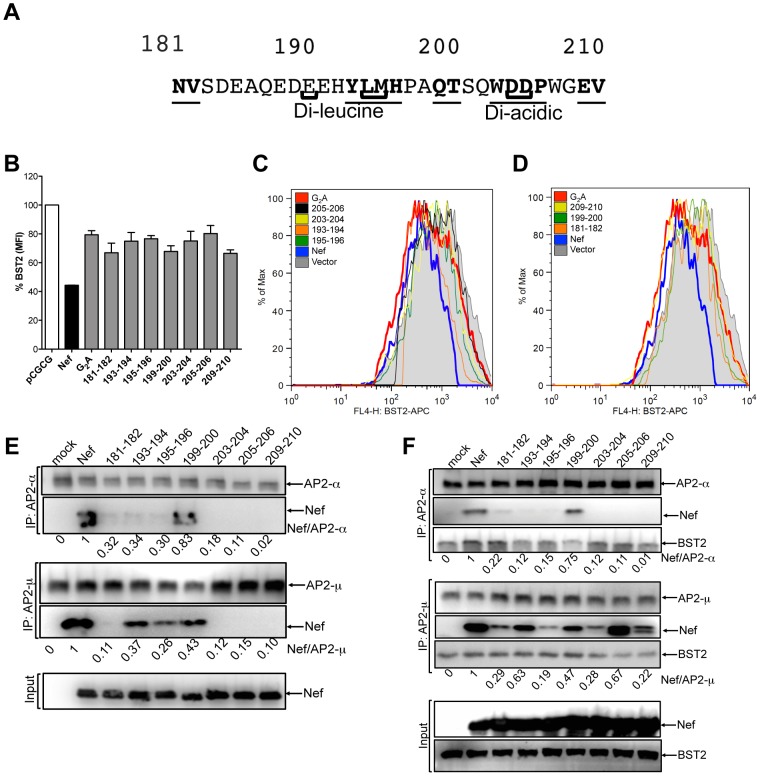Figure 6. Contribution of flexible loop residues to Nef-mediated antagonism of tetherin and binding to AP-2.
(A) Predicted amino acid sequence of the flexible loop region of the SIVmac239 Nef protein. Substitutions at positions that impair anti-tetherin activity are underlined and in bold. The di-leucine and di-acidic motifs known to interact with AP-2 are indicated in brackets. (B) Tetherin downregulation by each of the flexible loop mutants was assessed by transfecting 293T cells that constitutively express HA-tagged rhesus tetherin with constructs expressing the indicated Nef mutants, and comparing the cell surface expression of tetherin to cells transfected with the empty vector (pCGCG). The percentage of tetherin expressed on the cell surface was calculated by dividing the MFI of tetherin (HA) staining on cells expressing Nef by the MFI of tetherin on cells transfected with the empty vector. (C and D) Histogram plots showing the surface expression of tetherin for cells expressing Nef mutants with substitutions in known AP-2 binding sites (C) and at sites flanking these residues (D). (E and F) Nef mutants with substitutions in the flexible loop were tested for binding to the α2 and μ2 subunits of AP-2 by co-immunoprecipitation. Parental 293T cells (E) or 293T cells that constitutively express HA-tagged rhesus tetherin (F) were transfected with constructs expressing the indicated Nef mutants, and cell lysates were immunoprecipitated with monoclonal antibodies to the α2 and μ2 subunits of AP-2. Western blots of immunoprecipitates and cell lysates were probed with antibodies to α2, μ2, Nef and tetherin. The ratios of the band intensities of Nef to α2 and Nef to μ2 in the immunoprecipitated samples are shown beneath each lane.

